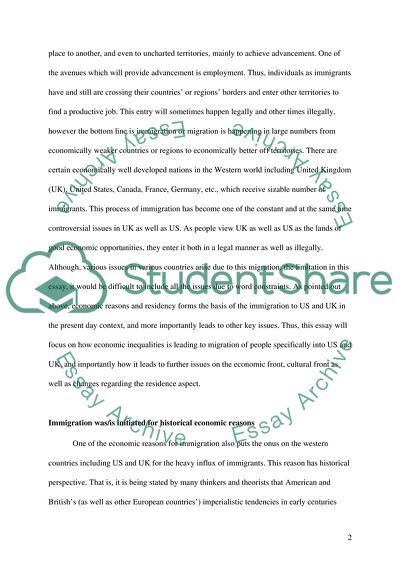Cite this document
(International Migration: a Very Short Introduction Report Example | Topics and Well Written Essays - 3750 words - 1, n.d.)
International Migration: a Very Short Introduction Report Example | Topics and Well Written Essays - 3750 words - 1. https://studentshare.org/sociology/1774974-migration
International Migration: a Very Short Introduction Report Example | Topics and Well Written Essays - 3750 words - 1. https://studentshare.org/sociology/1774974-migration
(International Migration: A Very Short Introduction Report Example | Topics and Well Written Essays - 3750 Words - 1)
International Migration: A Very Short Introduction Report Example | Topics and Well Written Essays - 3750 Words - 1. https://studentshare.org/sociology/1774974-migration.
International Migration: A Very Short Introduction Report Example | Topics and Well Written Essays - 3750 Words - 1. https://studentshare.org/sociology/1774974-migration.
“International Migration: A Very Short Introduction Report Example | Topics and Well Written Essays - 3750 Words - 1”. https://studentshare.org/sociology/1774974-migration.


